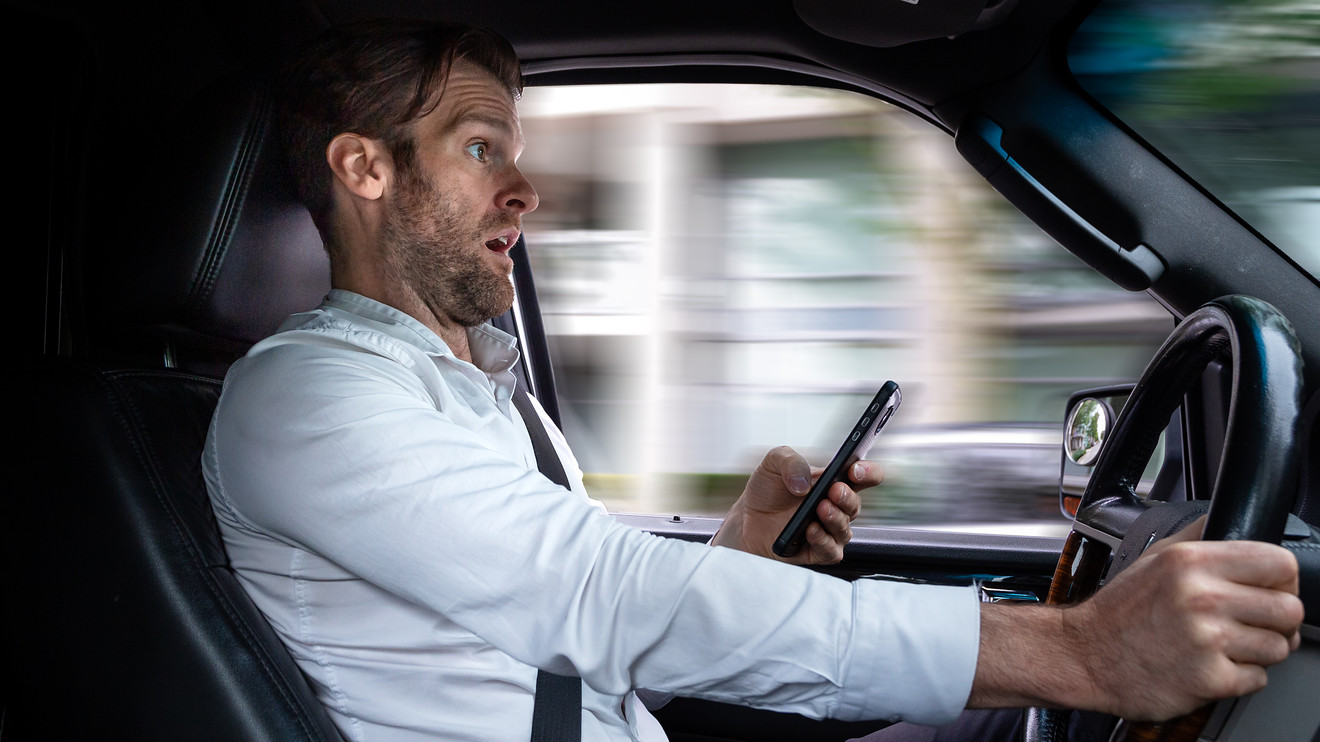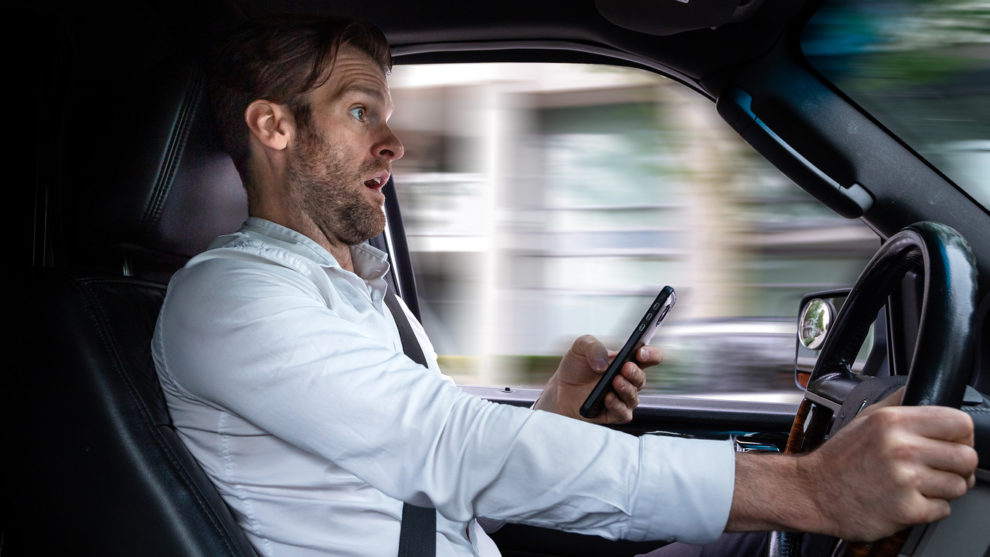
Some of the latest automotive features are driving us to distraction, according to a new AAA report.
In fact, people who regularly use advanced driver assistance systems such as adaptive cruise control and lane-keeping assistance are almost twice as likely to engage in distracted driving — such as taking their eyes off of the road to text, talk to passengers and fiddle with the radio — compared to when they were not using these semi-autonomous systems.
AAA teamed up with the Virginia Tech Transportation Institute to analyze video of the on-road behaviors of two groups of drivers. The first group included people who owned a vehicle equipped with such systems, who were more familiar with those features. They were observed for a year. And then the second group borrowed a vehicle with advanced driver assistance systems (ADAS) for a month, and had less experience with the technology.
The results: those who owned ADAS-equipped vehicles and who regularly used the semi-autonomous features were more likely to drive distracted than when they did not use those systems. But the drivers with less experience using the advanced autopilot features were more likely to remain attentive and engaged while they were using the systems.
The researchers theorize that the drivers new to the high-tech, semi-autonomous features didn’t fully trust them yet, so they remained more active and engaged on the road. But over time, as the drivers become more comfortable with the systems, they became more reliant on them — and more likely to take their eyes and attention off the road.
“This new research suggests that as drivers gain more experience using ADAS technology, they could develop complacency while behind the wheel,” said Dr. David Yang, executive director of the AAA Foundation for Traffic Safety in a written statement. “Over-reliance on these systems can put drivers and others in dangerous conditions during critical moments.”
Some 3,166 people were killed in motor vehicle crashes involving distracted drivers in 2017, according to the National Highway Traffic Safety Administration’s most recent data. And 599 non-occupants (pedestrians, bicyclists, and others) were killed in distraction-affected crashes, which is defined by a driver taking his or her attention away from the driving task to focus on another activity, such as eating, talking to passengers, adjusting the radio or climate controls, or using a cellphone or texting.
And as the dream of self-driving cars becomes a reality on the roads, so do the potential consequences and safety concerns of autonomous vehicles.
Tesla TSLA, +3.74% has come under scrutiny after several incidents involving its cars while the drivers were engaging the Autopilot system.
Features include Autosteer, which assists the driver by steering within a clearly marked lane, and Autopark, helps drivers automatically parallel or perpendicular park their vehicle. After Tesla rolled out its smart Summon feature in September which lets drivers “summon” their Tesla out of a parking space from outside the vehicle, and use their key or the app to navigate the vehicle toward them, several videos went viral showing the remote-controlled cars getting into near-accidents.
Tesla did not immediately respond to a MarketWatch request for comment, but its site notes that, “Model S, Model X and Model 3 have all achieved a perfect 5-star safety rating in every category and subcategory in U.S. government testing, and Model 3 was found to have the lowest probability of injury of any car the government has ever tested.”
In March 2018, a self-driving Uber UBER, +1.28% vehicle hit and killed a woman walking her bike across the street in Arizona, in what is believed to be the first pedestrian fatality caused by an autonomous vehicle.
While the car did not detect that Herzberg was crossing the street with her bicycle until just 5.6 seconds before the crash, and the emergency breaking system was disabled, the National Transportation Safety Board also highlighted the many human errors behind the tragedy when it released the results of its investigation into the incident last month. They include the driver watching an episode of “The Voice” on her phone for more than a third of the total time she had been in the car leading up to the crash, as well as the pedestrian jaywalking across the street at night.
“Automation complacency… needs to be in everyone’s vocabulary,” said Bruce Landsberg, an NTSB board member, at the time, as reported by The Verge.
Uber did not immediately respond to a MarketWatch request for comment. The company released a statement after the report stating, “We deeply value the thoroughness of the NTSB’s investigation into the crash and look forward to reviewing their recommendations once issued after the NTSB’s board meeting later this month.” It has resumed testing with two safety drivers on city streets in Pittsburgh, and Uber Technologies Inc. announced a $1 billion investment into its self-driving vehicle unit last April.
“Advanced driver assistance technologies have a lot to offer in terms of comfort and safety, but they should never replace an attentive and engaged driver,” said Dr. William Van Tassel, AAA manager of driver training programs, in a statement. “Remember, technology fails us daily while at work and at home. So, don’t get caught driving distracted when being focused on the road can save your life.”
AAA asks drivers to keep “ACE” in mind when using any advanced autopilot features:
Always remain active and engaged when using ADAS technologies like lane-keep assist or adaptive cruise control.
Commit to knowing what ADAS technologies are installed on your vehicle and how they work.
Expect that the advanced driver assistance technologies in your vehicle have limitations.











Add Comment